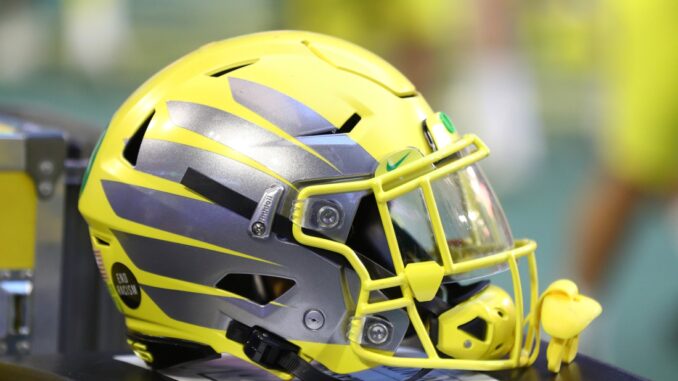
The 1%. The forgotten many. The haves and the have-nots.
This may sound like a column about our economy and society in general.
While those terms may well apply to that, they also apply to college football in America.
This week an important annual event on the annual college football calendar came and went, unbeknownst to many fans, who understandably have had other things on their minds.
National signing day. That deadline whereby we ask high school seniors to commit to playing for a specific college. It’s the end of the recruitment period, during which coaches travel across the country by train, plane, automobile and Zoom meeting to sell prospective players on their programs.
It’s a symptom of what feels like a broken system for many reasons. Unlike in the NFL, with its salary caps and annual player drafts, college football lacks all possible parity. Sure, there are scholarship caps and rules regulating the number of hours players can practice, but the grey area vastly outweighs it. The sky is the limit on the facilities programs can build to attract players, from weight rooms to therapeutic treatment centers. Add onto that television and apparel contracts, and it’s easy to see how different programs must look to players trying to decide which school to attend.
The result of all of this is that success has been limited as of late to a handful of programs. Alabama, Clemson, Oklahoma and Ohio State are at the top of most people’s lists. Those four schools have occupied 20/28 playoff spots in the seven years that we have had the playoff system.
The obvious difference between pro and college football is that in the NFL, teams shuffle their rosters every season, more so than in college. New players join the league and current players depart. Teams trade among themselves, though the salary cap and draft pick order—based on the previous season’s records—create something approaching parity. You can feel it if you’re an NFL fan. Each year there is a brand-new season, where many things are possible. Sure, there are the Chiefs and the Packers of the world, but beyond that, each year there are new teams in the playoffs. Look no further than this weekend’s Tampa Bay Buccaneers, who are playing in the Super Bowl even though they haven’t even made the playoffs for 13 years. The Cleveland Browns are another example.
As a college football fan, each year tends to feel the same, with the same schools rising to the top and appearing in the playoffs. The best programs concentrate the best talent, which for the most part stays there for three or four years until they enter the NFL. Though the transfer portal has increased the number of college players who can switch schools, for the most part players stay with the same programs.
A big part of the reason we are stuck with this system is because our amateur football league is tied to colleges and universities, which are ostensibly devoted towards educating people and preparing them for careers. College football was likely once an “after school” activity but has become a major cash cow and a finishing school for future professional athletes.
Don’t expect football to be divested from higher education anytime soon, but one solution that is far more likely is to increase the playoff field to include more than four teams. At least that way, Alabama would have to play more than one post-season game to make it into the national championship contest. With eight or 16 teams, there would be more chaos, so to speak, or at least that’s what many people believe would happen.
Into this hypothetically larger playoff field, perhaps we would see more teams from the Pac-12. To date, they have made only two playoff appearances, one each by Oregon and Washington. Neither was able to make it all the way to a national championship.
Perhaps we are just in a profound slump in which only a few college programs are good, but it doesn’t feel that way. A growing chorus of voices is calling for change of some kind. Eventually things will improve, as a playoff field is expanded and as players are compensated such that they don’t feel obligated to attend only winning programs. But until then, we can hope and pray that more teams from the hinterland can somehow find a way to make it to the promised land.

